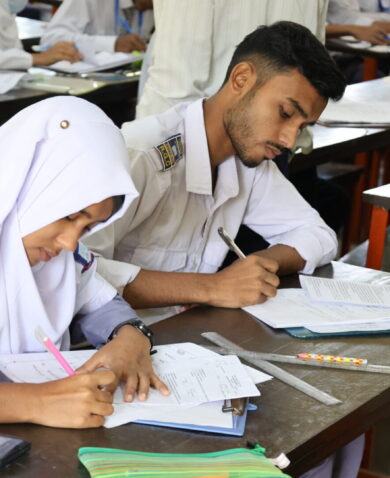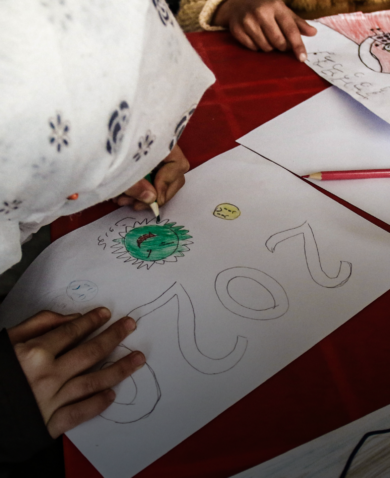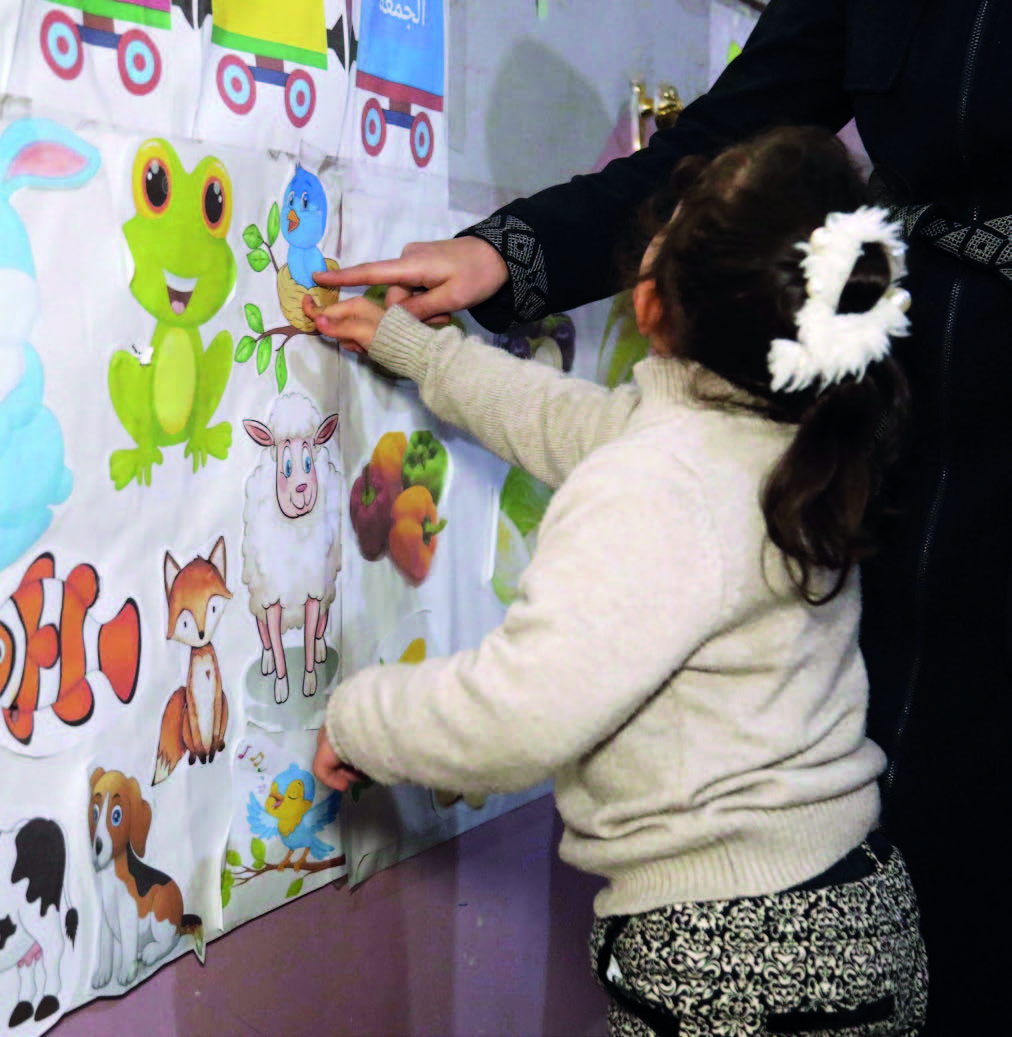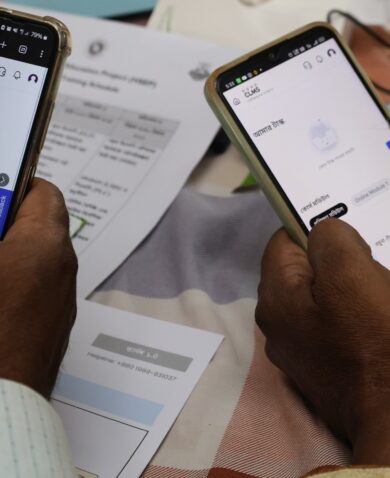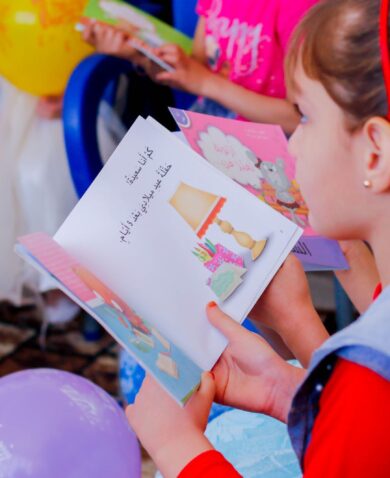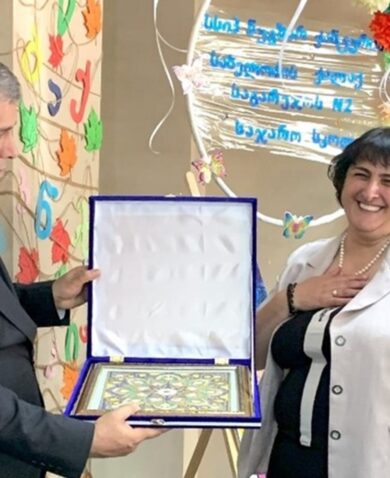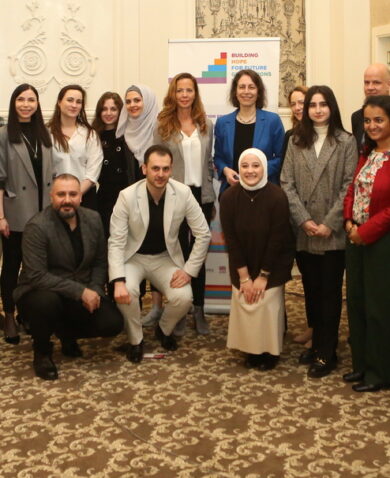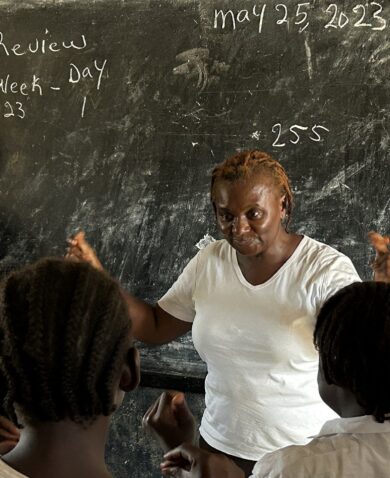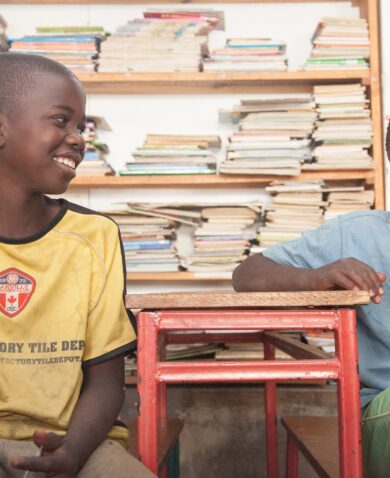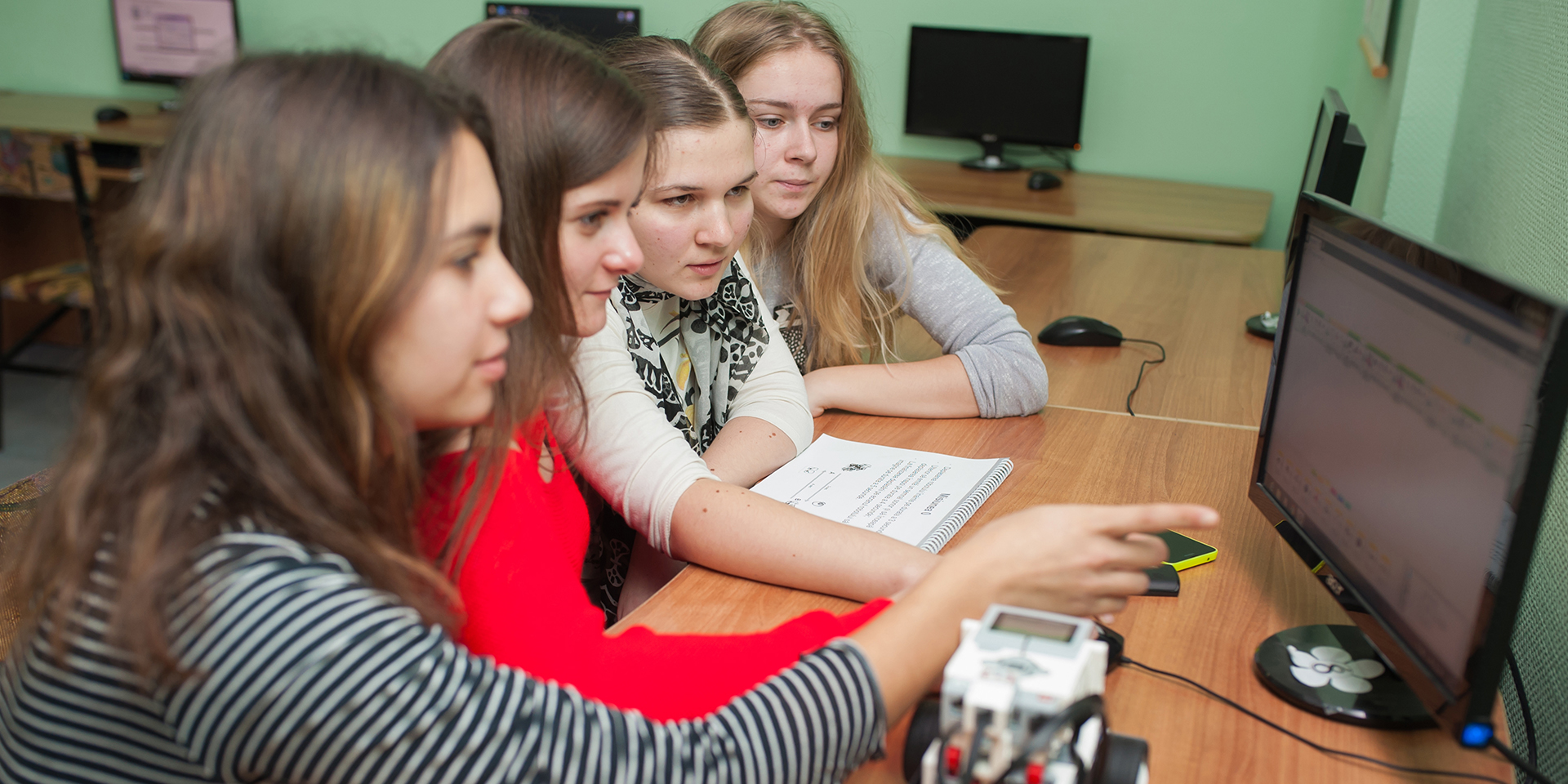
How to Prepare Today’s Youth for Tomorrow’s Job Market
February 28, 2017 | 2 Minute ReadEducators are preparing students for a changing world. Two approaches, focused on 21st-century skills and workforce development, may offer the answer.
After setting the global development agenda in 2000 with the Millennium Development Goals, the United Nations highlighted the need to focus on enhancing economic growth through sustainable and meaningful work in its 2015 Sustainable Development Goals (SDGs). Today, the UN calls for the “promotion of inclusive and sustainable economic growth, employment, and decent work for all,” and seeks to address the 470 million jobs that need to be created for youth entering the workforce from 2016 to 2030. Education is often cited as the groundwork for the future, preparing children to take on the problems of tomorrow. In order to prepare our children for the problems, life, and work of tomorrow, we need to adapt the educational models of today.
Twenty-first-century learning
Students need to be able to think critically, solve problems creatively, and innovate in order to take on the problems and jobs of tomorrow. Twenty-first-century skills are often broadly defined as the foundational skills needed in an increasingly complex life and work environment. Colloquially, they are defined as the “four Cs” of collaboration, creativity, critical thinking, and communication. Twenty-first-century skills do not need to be standalone courses, but instead can be embedded in curriculum and supplementary programs to help prepare our youth. While these soft skills fall outside of the typical scope of how testable educational outcomes have been defined in the current era, they form the foundation for students to be able to adapt to their environments.
Workforce development for tomorrow’s jobs
Workforce development programs offer the unique opportunity for children and young adults to learn valuable job skills. For example, the Feed the Future Uganda Youth Leadership for Agriculture Activity (YLA) has taken innovative approaches to introducing workforce development. YLA supports Ugandan partners to identify and drive forward sustainable, inclusive, and cost-effective approaches that put youth, especially female youth, squarely in the agriculture sector as leaders, farmers, entrepreneurs, and employees. To engage older youth, YLA partnered with Equator Seeds Limited (ESL), a leading seed production company, firstly to provide training opportunities to 6,500 young farmers in the fundamentals of agribusiness and entrepreneurship; and secondly to provide direct production support from ESL agronomists, and other experts throughout the production cycle.
Other programs, such as the Moldova Competitiveness Project, promote workforce effectiveness by increasing interest in science, technology, engineering, and math (STEM) among youth. Advanced-level robotics training built the capacity of more than 3,000 students, allowing them to move to higher-level programming concepts and use new sensors. Though it is in its first few years, the STEM program is preparing students to enter STEM fields with not only advanced programming skills, but with adaptive 21st-century skills as well.
Programs such as these allow for youth to connect usable technical skills, such as in agriculture, while enhancing traditionally taught subjects and promoting 21st-century and life skills such as financial literacy and leadership.
The future of education
As we look toward the future of education, we need to consider the future for which we are preparing our children. As educators around the world begin to rethink the future of education, twenty-first-century skills and workforce development programs offer a promising path for fulfilling the future needs of the work environment and providing students with adept cultural understandings and skills as well as the ability to adapt as lifelong learners.



